In celebration of the coming of the 'enlightened one,' Buddha's birthday is feted with thousands of lanterns. Although I don't embrace the spiritual dimensions of the occasion, it was still beautiful and spectacular to witness all the lanterns begin to glow at dusk. Festivals and lantern parades are held in various locations in Korea (and all over the world), and apparently, people purchase lanterns in exchange for making wishes. I had the opportunity to hike to a Buddhist temple in the mountains last weekend where the wish making was explained to me. Some people purchase lanterns that are hung in various places. Some people buy temple roof tiles and write their wishes on these. Others buy pink, lotus-shaped lanterns that hang inside the temple with wishes suspended on thousands of white papers. As I couldn't read them, I asked one of the Korean teachers if most of the wishes were about health or finances. She said no. Most of them were requests for good SAT scores!
There are far too many blossom photos to post, but here are a few magnolias and cherry blossoms. It has been a beautiful spring.
Korea has a tumultuous relationship with cherry trees. Japan first introduced cherry blossom watching to Korea during the occupation, and so the trees became a symbol of the forced acculturation of Korea. A couple of years ago, to mark the fiftieth anniversary of the Japanese expulsion, Japanese cherry trees, planted on top of sacred sites near Korea's Gyeongbukgung palace, were cut down. But Korea seems to have made peace with the millions of other cherry trees dotting the country. Both a native Korean species and the cultivated Japanese species can be seen throughout Korea, and the coming of the blossoms is celebrated with festivals and picnics. Last weekend, the weather looked gray. Weather reports called for a 100% chance of precipitation in Seoul. But it was our (okay, so Nate was just being really sweet and accompanying me) last chance to see the cherry blossoms that grace the trees at Gyeongbukgung for about two weeks each spring. With my head filled with romantic notions of delicate pink and white petals floating on spring breezes, we headed for the palace. The courtyard in front of the palace was a maze of puddles. This woman had the right idea. I wished we were wearing head to toe plastic. The ponchos being peddled, in what seemed like opportunism on the subway, now appeared to be common sense. Water, water everywhere. Well, I caught a few blossoms still clinging to the branches, but the most wonderful part of the day was taking in Gyeongbukgung palace in the absence of hoards of tourists. People walked around under umbrellas with their arms wrapped around each other in the most endearing way. The moody day was the perfect atmosphere for touring these palace grounds--a place where the tumultuous history of Korea has played out on the architecture of beautiful buildings. The original 500 buildings were home to kings and queens during the Joseon Dynasty (construction began in 1396). The palace was burned during the Japanese invasion (1592-98) and then restored under King Gojong (1865) at great cost to the Korean people. King Gojong only lived in the palace for 23 years before he fled to Russia when his wife, Queen Min, was murdered by Japanese assassins on the palace grounds. Queen Min, a controversial figure in Korean history, and a woman who wielded great political power, played a dangerous game of Russian roulette. She was assassinated (1895) by Japan for aiming to increase diplomatic ties with Russia. She had hoped Russia would help keep Japan out of Korea. Later, during the Japanese colonial period, all but ten of the original structures were demolished, but there has been some restoration work in recent years. It was moody and beautiful. Stone and water and mist. The sound of water dripping off swooping rooves and splashing into ancient stone.
|
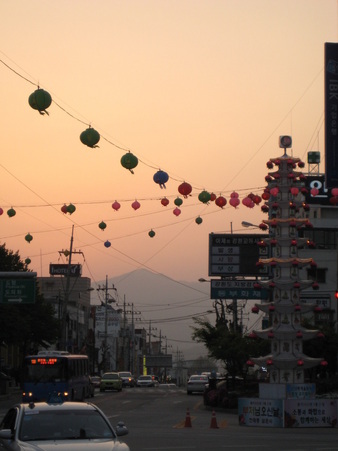
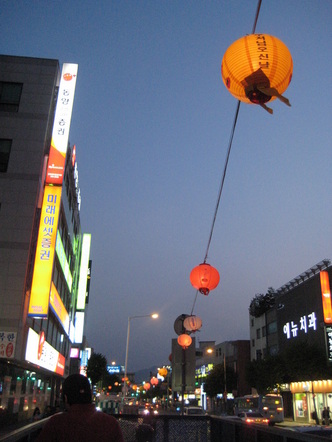
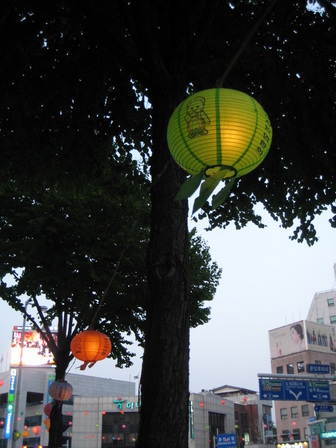
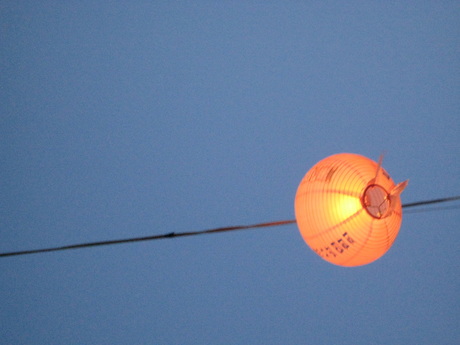
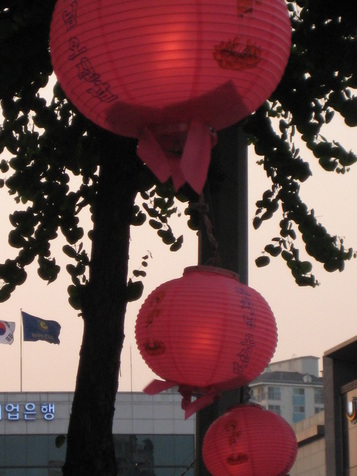
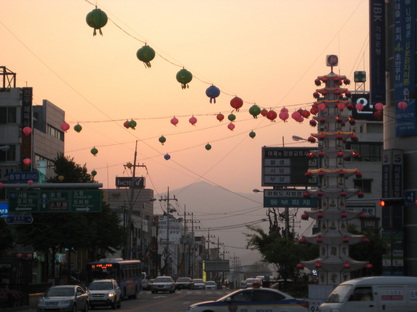
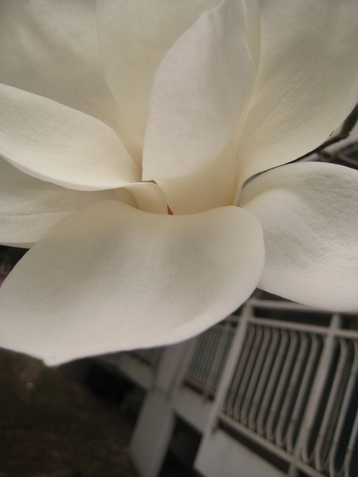

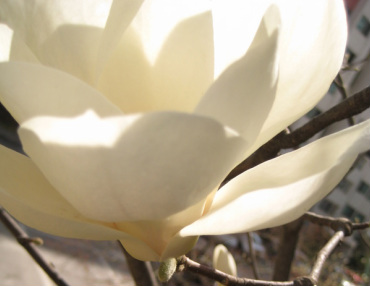
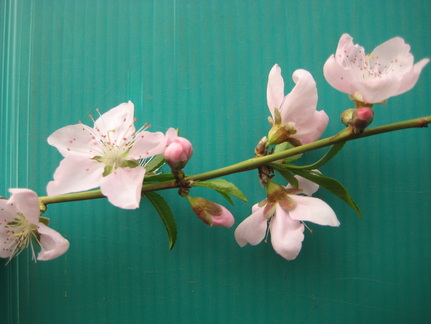
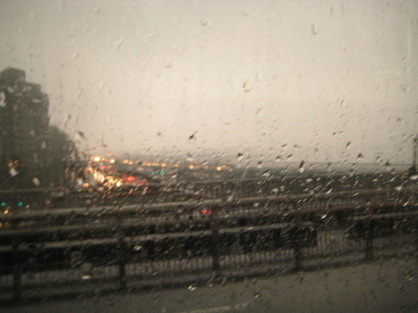
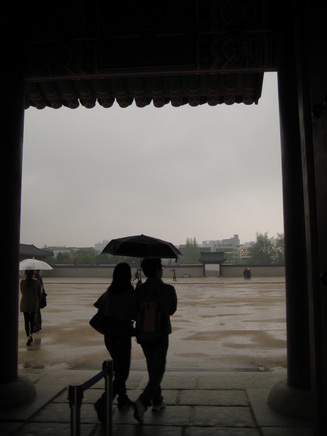
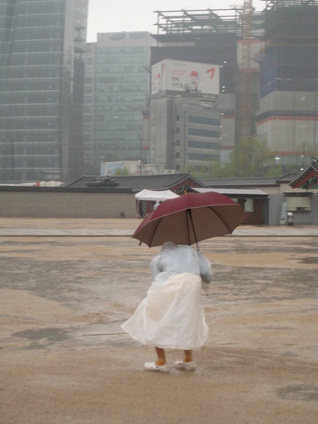
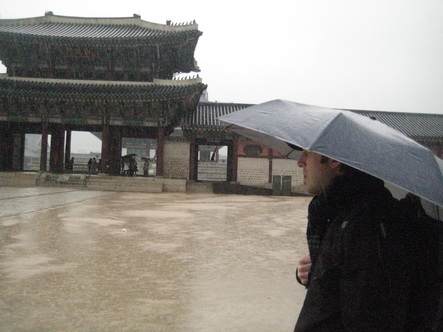
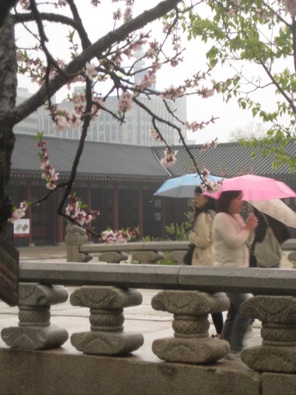
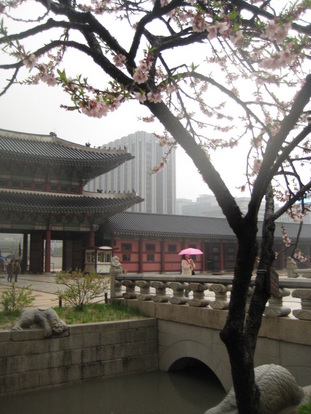
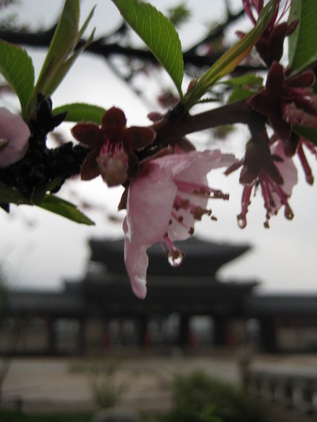
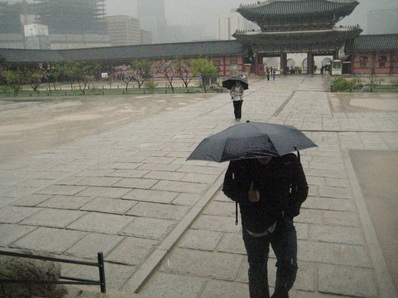
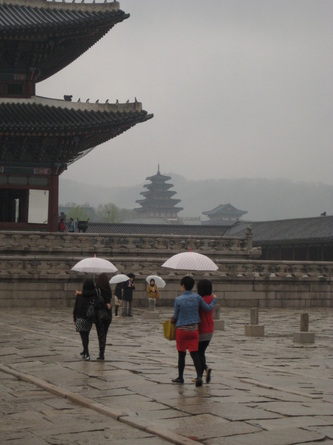
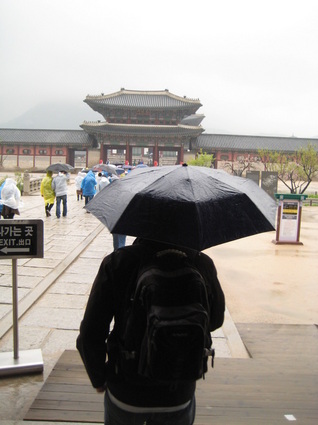
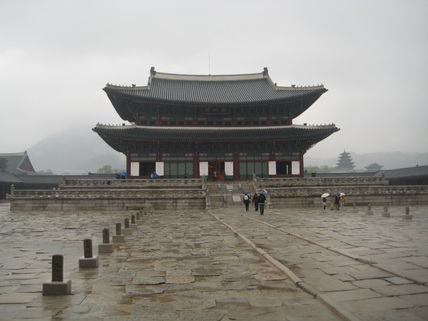
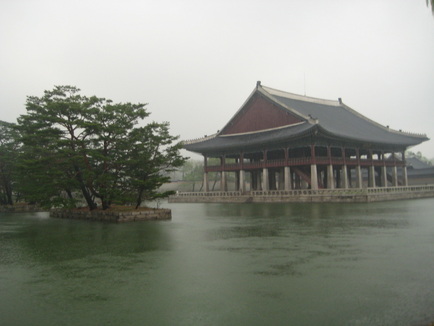
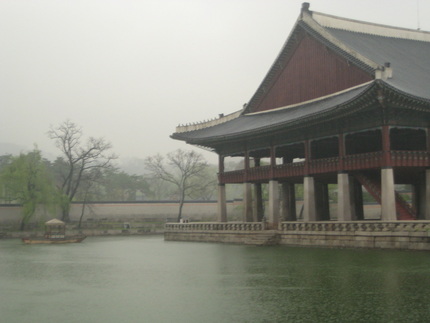
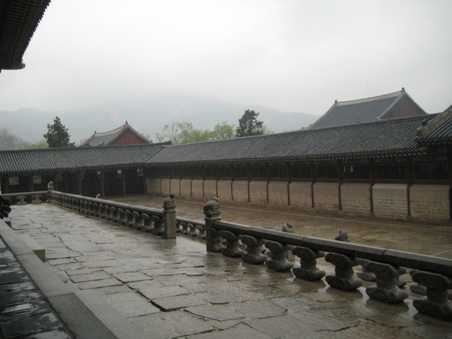
 RSS Feed
RSS Feed